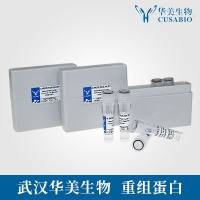In the second edition of this series, we described the use of cell tracking dyes in combination with tetramer reagents and traditional phenotyping protocols to monitor levels of proliferation and cytokine production in antigen-specific CD8+ T cells. In particular, we illustrated how tracking dye fluorescence profiles could be used to ascertain the precursor frequencies of different subsets in the T-cell pool that are able to bind tetramer, synthesize cytokines, undergo antigen-driven proliferation, and/or carry out various combinations of these functional responses.
Analysis of antigen-specific proliferative responses represents just one of many functions that can be monitored using cell tracking dyes and flow cytometry. In this third edition, we address issues to be considered when combining two different tracking dyes with other phenotypic and viability probes for the assessment of cytotoxic effector activity and regulatory T-cell functions. We summarize key characteristics of and differences between general protein- and membrane-labeling dyes, discuss determination of optimal staining concentrations, and provide detailed labeling protocols for both dye types. Examples of the advantages of two-color cell tracking are provided in the form of protocols for (a) independent enumeration of viable effector and target cells in a direct cytotoxicity assay and (b) simultaneous monitoring of proliferative responses in effector and regulatory T cells.






